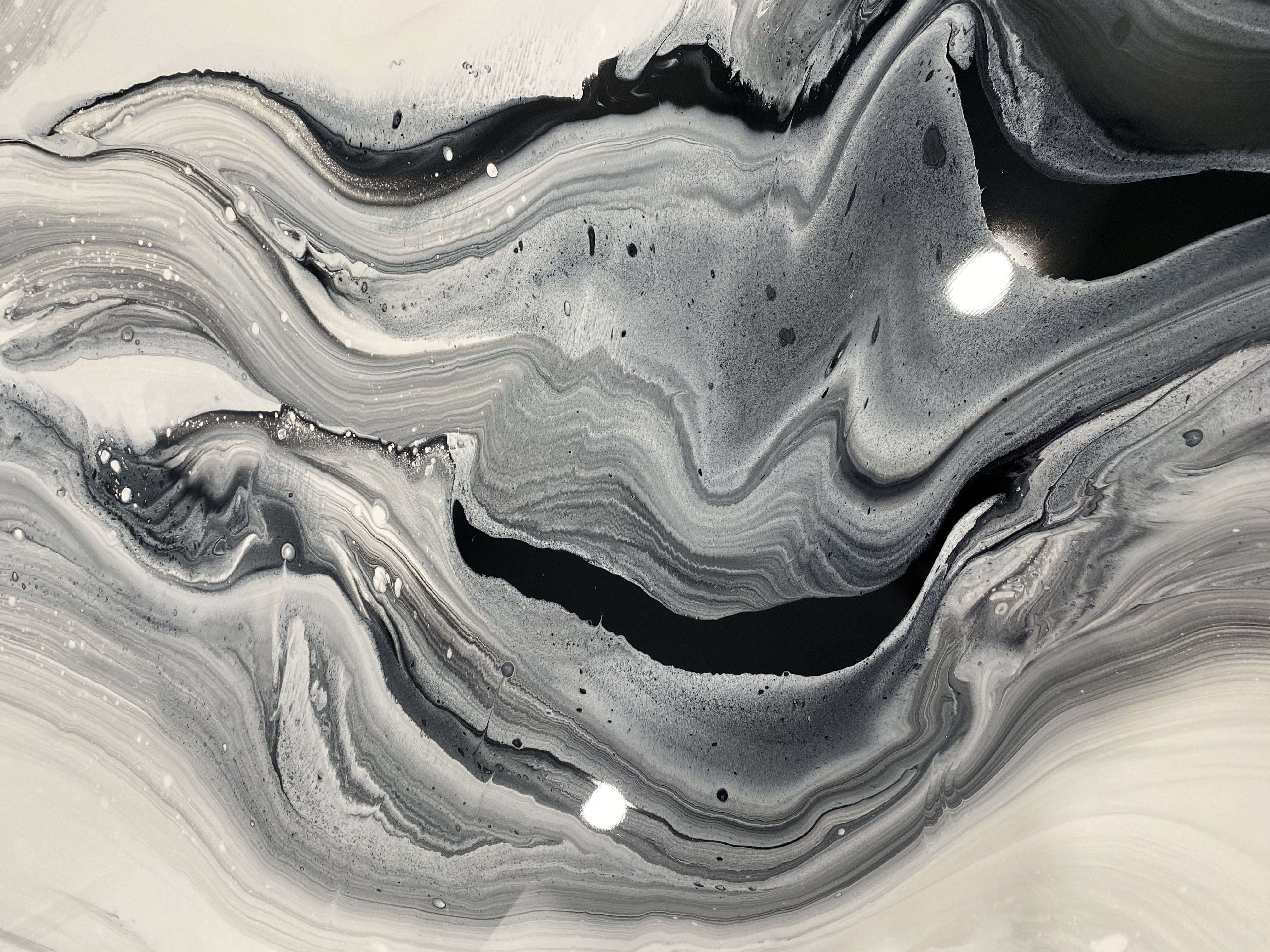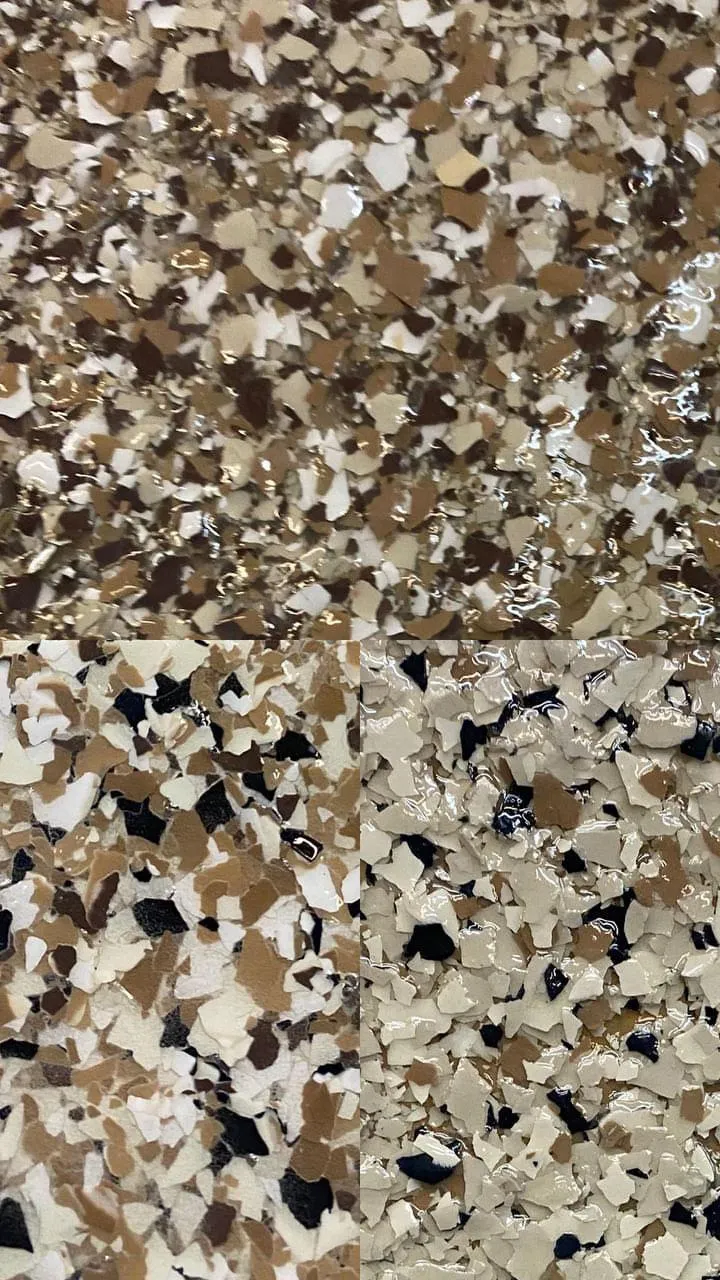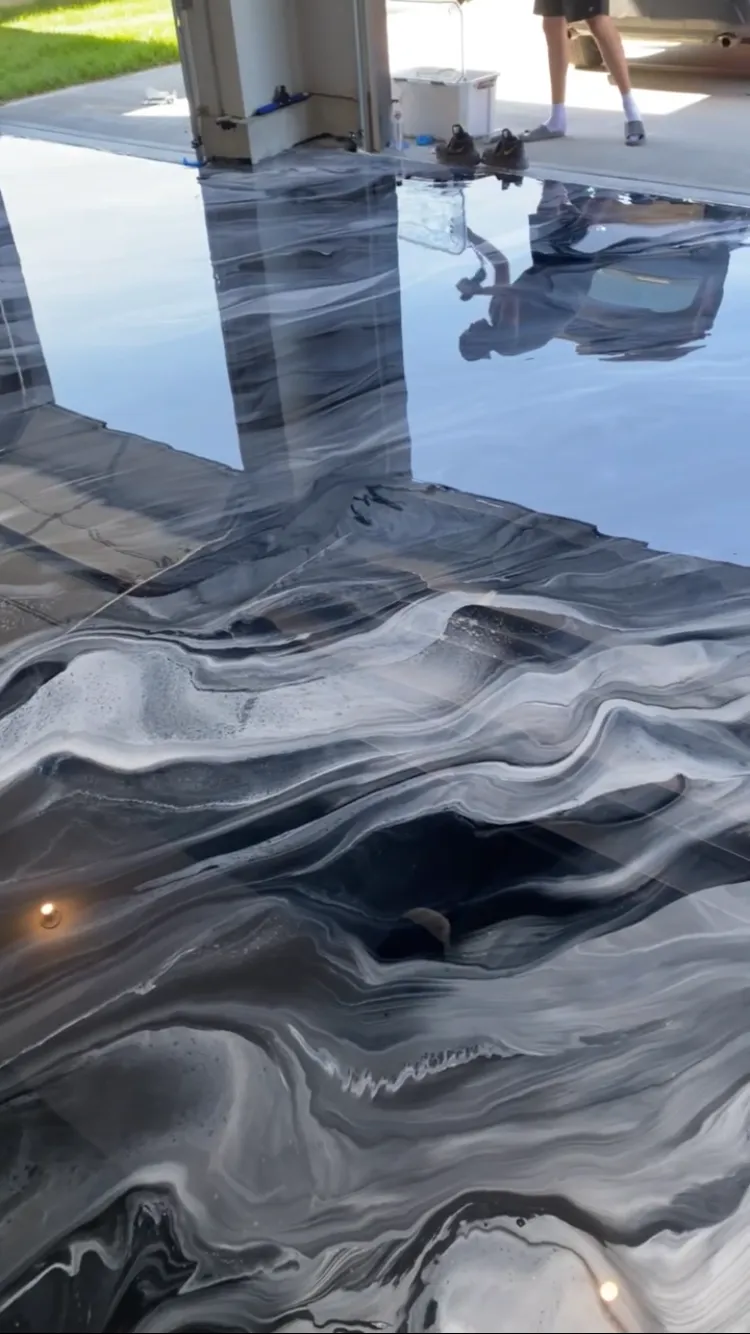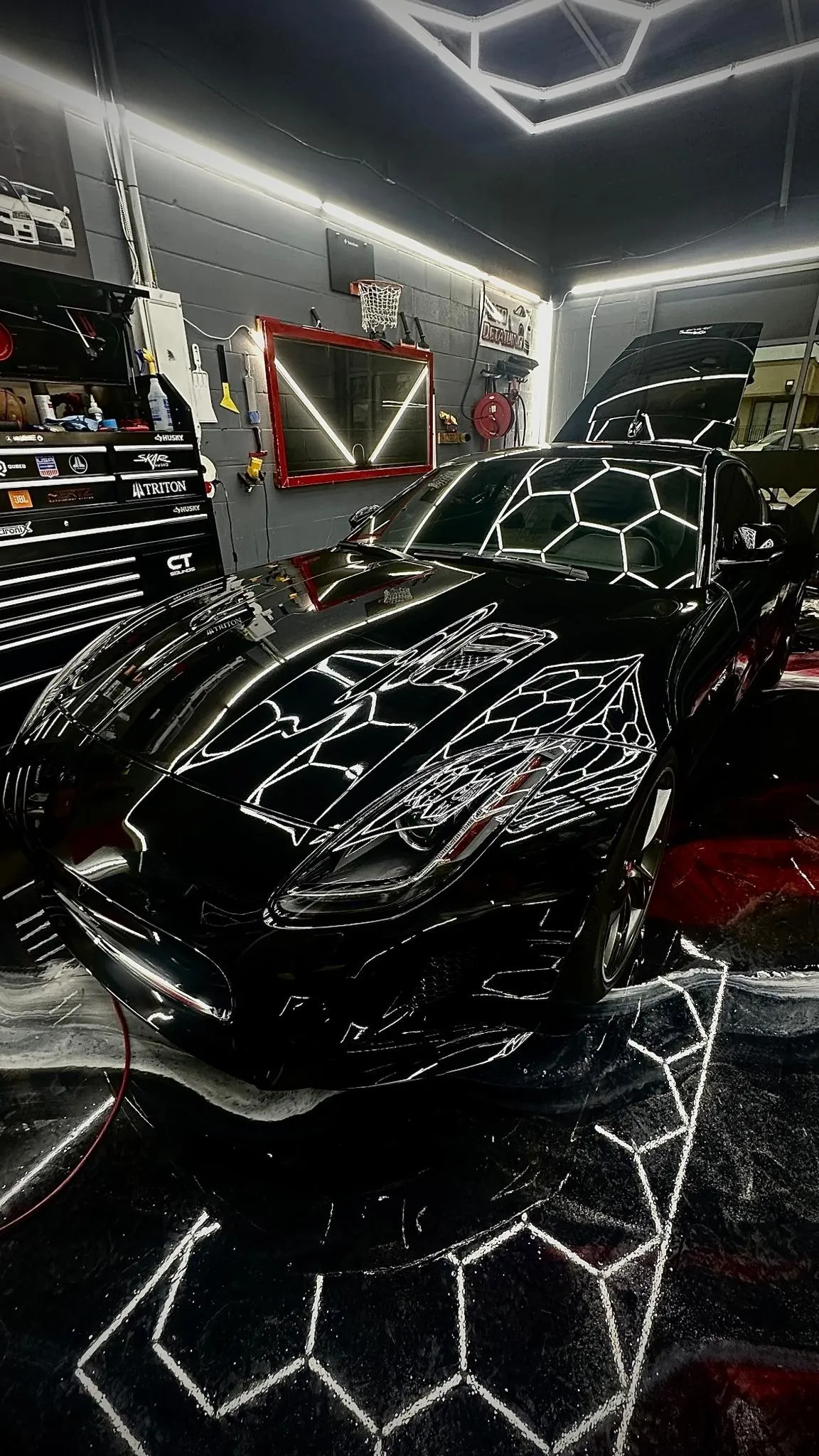
Luxury Italian Marble Flooring: Installation, Types, and Expert Maintenance Tips
Italian marble flooring has long been regarded as the epitome of luxury and elegance. Known for its rich texture, intricate veining, and timeless beauty, Italian marble transforms any space into a sophisticated sanctuary. Whether you're planning to upgrade your home or enhance a commercial space, understanding the types, installation, and maintenance of Italian marble flooring is key to making an informed decision. This comprehensive guide will walk you through everything you need to know.
Why Choose Italian Marble Flooring?
Benefits of Italian Marble
Italian marble is highly sought after not only for its visual appeal but also for its superior durability. Extracted from famous quarries like those in Carrara, Italy, this natural stone is unmatched in quality. Marble has been used in iconic structures for centuries, from Michelangelo's sculptures to modern architectural masterpieces. Its high durability means it can withstand heavy foot traffic while maintaining its lustrous finish.
Marble's versatility in design is another reason why it's a preferred choice for both residential and commercial spaces. Whether you're looking for something sleek and modern or classic and ornate, Italian marble can adapt to various styles.
Durability and Long-Lasting Beauty
What sets Italian marble apart from other flooring options is its natural resilience. Unlike man-made materials, marble has an innate ability to resist scratches and moisture when properly sealed. It can last decades, if not centuries, with the right care. The intricate veining patterns also mean that no two marble slabs are exactly alike, adding a unique touch to each project. This natural variation allows designers and homeowners to create truly one-of-a-kind interiors.
Types of Italian Marble for Flooring
When it comes to Italian marble, there are several popular types, each offering distinct aesthetic qualities. Here are some of the most frequently used marbles in flooring:
1. Carrara Marble
Carrara marble is perhaps the most iconic of all Italian marbles. Characterized by its soft gray background and delicate veining, this marble has been a favorite in both residential and commercial settings. It is relatively affordable compared to other types, making it a great option for large-scale flooring projects.
2. Calacatta Marble
Often confused with Carrara marble, Calacatta stands out due to its bolder and more dramatic veining. It features a bright white background with thick, striking veins of gray or gold, making it a luxurious choice for upscale projects. Its rarity, due to its limited extraction in the Carrara region, makes it one of the more expensive options.
3. Statuario Marble
Known for its pristine white background and fine, light gray veining, Statuario is the premium choice for luxury installations. It has been used in famous sculptures and can elevate any space with its clean, elegant look. Because of its high price, it’s usually reserved for smaller, high-impact areas such as foyers or master bathrooms.
4. Nero Marquina Marble
For those looking for a more dramatic aesthetic, Nero Marquina marble offers deep black surfaces with sharp, contrasting white veining. It’s a bold choice that works well in modern designs and can be used to create striking visual effects on floors and walls.
5. Travertine Marble
Travertine is another natural stone commonly associated with Italian architecture. With its earthy tones and porous texture, it provides a rustic charm that works well in both outdoor and indoor applications. Travertine is often used for patio floors, pool decks, and garden pathways due to its slip-resistant properties (La Italia Marbles).

The Marble Flooring Installation Process
Installing Italian marble flooring requires precision and expertise. Unlike regular tile installation, marble needs special handling due to its weight and the potential for damage if not correctly installed.
1. Preparing Your Subfloor
The first step in the installation process is preparing the subfloor. Marble must be installed on a smooth, level surface to prevent cracks or gaps. Depending on your location, this could involve reinforcing your subfloor to support the weight of the marble.
2. Choosing Between Marble Tiles and Slabs
Marble flooring can come in either tiles or large slabs. Tiles are more affordable and easier to install, making them suitable for larger projects. On the other hand, marble slabs offer a seamless look and fewer grout lines, which enhances the stone’s natural beauty (Welspun Flooring).
3. Step-by-Step Installation Guide
Measure and Layout: Accurate measurements ensure minimal wastage of expensive marble. Professional installers usually create a layout to ensure that the veining on the tiles aligns correctly for aesthetic continuity.
Adhesive Application: A thin layer of adhesive is applied to the subfloor, and tiles are carefully laid to avoid gaps.
Grouting and Sealing: Once the tiles are laid, a special marble-friendly grout is applied. Sealing the grout and the marble itself is essential to protect it from moisture and stains.
4. Tips for Hiring Professional Marble Installers
Hiring an expert is crucial to getting the best results. Check reviews and certifications from reputable platforms like HomeAdvisor to ensure you're working with qualified professionals at HomeAdvisor.
Marble Flooring Maintenance and Care
Daily Cleaning and Long-Term Care
To keep marble looking new, it requires regular cleaning with pH-neutral cleaners. Acidic substances, such as lemon juice or vinegar, can etch the surface, dulling the shine. For best results, use a microfiber cloth to remove dust and dirt.
Sealing Your Marble Floors
Marble is porous, which makes sealing a critical step in its maintenance. A quality sealer helps to protect against moisture, stains, and spills. Professionals recommend resealing marble every 6-12 months depending on the level of use.
Polishing and Restoring Marble Floors
Over time, even sealed marble can lose its luster due to wear and tear. Professional polishing services can restore its glossy finish and remove surface scratches. In some cases, deep cleaning with specialized equipment may also be necessary to remove ground-in dirt(The Infinity Marble).
Onyx Luxury Epoxy’s Customizable Marble Replicas
While Italian marble is renowned for its natural beauty, Onyx Luxury Epoxy offers customizable replicas that mimic the elegance of authentic marble at a fraction of the cost. Using high-quality epoxy products, we can recreate the intricate veining and color variations seen in popular marble types like Carrara and Calacatta. These epoxy solutions are not only more affordable but also easier to maintain and install. Explore our customizable marble replicas and see how you can achieve a luxurious look for less (Explore Custom Epoxy Flooring).
Cost of Italian Marble Flooring
The price of Italian marble varies greatly depending on the type and quality of the stone. Carrara marble is on the more affordable side, starting at around $40 per square foot, while Calacatta and Statuario can exceed $100 per square foot (La Italia Marbles). Keep in mind that installation costs can add significantly to the overall price due to the specialized labor involved.
Long-Term Value of Marble Flooring
Though the upfront cost is high, Italian marble offers significant long-term value. It can increase the resale value of your home, especially in luxury markets, and with proper care, it can last a lifetime. Marble also enhances the aesthetic appeal of your space, making it a worthwhile investment
Eco-Friendly and Sustainable Marble Alternatives
As sustainability becomes a growing concern in home design and construction, many homeowners are seeking more eco-friendly options when it comes to flooring materials. While Italian marble remains a luxurious and durable choice, its extraction process and transportation contribute to environmental impacts such as carbon emissions and habitat disruption. Fortunately, several sustainable alternatives can provide the same level of aesthetic appeal while reducing the carbon footprint.
1. Recycled Marble and Stone Composites
One innovative alternative is the use of recycled marble or stone composites. These products are made from crushed marble mixed with resins and binders to create durable and beautiful surfaces that mimic the look of authentic marble. Recycled materials reduce waste and minimize the need for new quarrying, making them a more sustainable option for eco-conscious homeowners.
2. Epoxy Marble Replicas
Another eco-friendly solution is the customizable marble replicas made from epoxy, which we offer at Onyx Luxury Epoxy. These surfaces are created using resin-based materials that can replicate the look and feel of traditional marble but with a significantly smaller environmental impact. Epoxy floors are also more resistant to wear and require fewer resources to maintain, contributing to long-term sustainability. Additionally, epoxy does not require mining or heavy transportation, reducing the overall carbon footprint.
3. Locally Sourced Natural Stones
For those who prefer natural materials, locally sourced stones like granite, limestone, or slate can be a viable alternative. Choosing locally available materials reduces the environmental costs associated with transportation and supports regional economies. These stones can offer a similar visual appeal and durability to marble, while being more eco-friendly.
4. Bamboo and Cork Flooring
If you're looking for a completely different aesthetic but still want to keep your home sustainable, consider renewable materials like bamboo or cork. Both bamboo and cork are rapidly renewable resources that offer a stylish yet eco-conscious flooring solution. While these materials don’t mimic the look of marble, they are versatile and can complement a wide range of interior designs.
By considering these alternatives, homeowners can enjoy the luxury and beauty of marble-like floors while making more environmentally responsible choices.
Frequently Asked Questions (FAQs)
Is Italian Marble Suitable for High-Traffic Areas?
Yes, Italian marble is durable enough for high-traffic areas, especially when regularly sealed and maintained. However, polished marble can be slippery, so opting for honed finishes in high-traffic or wet areas may be a safer choice (Limestone).
Can Marble Floors Be Used in Bathrooms or Kitchens?
Absolutely. However, since marble is porous, it’s important to ensure proper sealing to prevent water damage and staining. Polished marble can add a luxurious touch to both kitchens and bathrooms, though honed finishes are recommended for better slip resistance (Welspun Flooring).
How Long Does Italian Marble Flooring Last?
When properly installed and maintained, Italian marble can last for decades, if not centuries. Its durability is one of the reasons why it’s been used in monumental buildings and sculptures that have stood the test of time (Limestone) & (The Infinity Marble).
By following these expert tips and guidelines, you can make an informed decision on whether Italian marble flooring is right for your space. With its timeless beauty, unmatched durability, and sophisticated elegance, Italian marble will undoubtedly elevate the aesthetics of any home or commercial project.
For more information on flooring options, check out our blog on metallic epoxy and explore the luxurious finishes we offer at Onyx Luxury Epoxy.



